The art craft of bamboo-over-porcelain, or porcelain-based bambooware, originated from the Qing dynasty (1644—1912). Due to its sophisticated making process, it was only tributed to the Royals at that moment. In 2008, it was listed as one of the National Intangible Cultural Heritage. The porcelain-bodied bambooware requires more than ten steps, with unique craftsmanship and admirable exquisiteness. From late 2014, NatureBamboo collaborated with Sichuan local craftsmen to launch a series of porcelain-bodied bamboo products based on the ancient handicraft, to add more details and beauty into the modern lifestyle.
The requirement of raw materials of this handicraft is very demanding. Only the bamboos that grow in the shady areas of the Mt. Qionglai can be selected, among which the flawless two-year-old bamboo with the pitch of more than 66 centimetres is the best. Only this kind of bamboo can be extracted hairline filaments, and the wire drawing process can only be done by hand.
The handicraft of porcelain-bodied bamboo ware is a traditional craft that requires teamwork. As a result of the demanding requirements, each process should be hand-made by craftsmen with rich experience; the division of labour is clear-cut, each one being charged with specific responsibilities, so as long as one of the links goes wrong, the product will probably not be completed. The bamboo joint cup is produced by the craftsman You Wei and his local team, utilising the finest bamboo filaments and each cup is elaborately handmade with numerous hours.
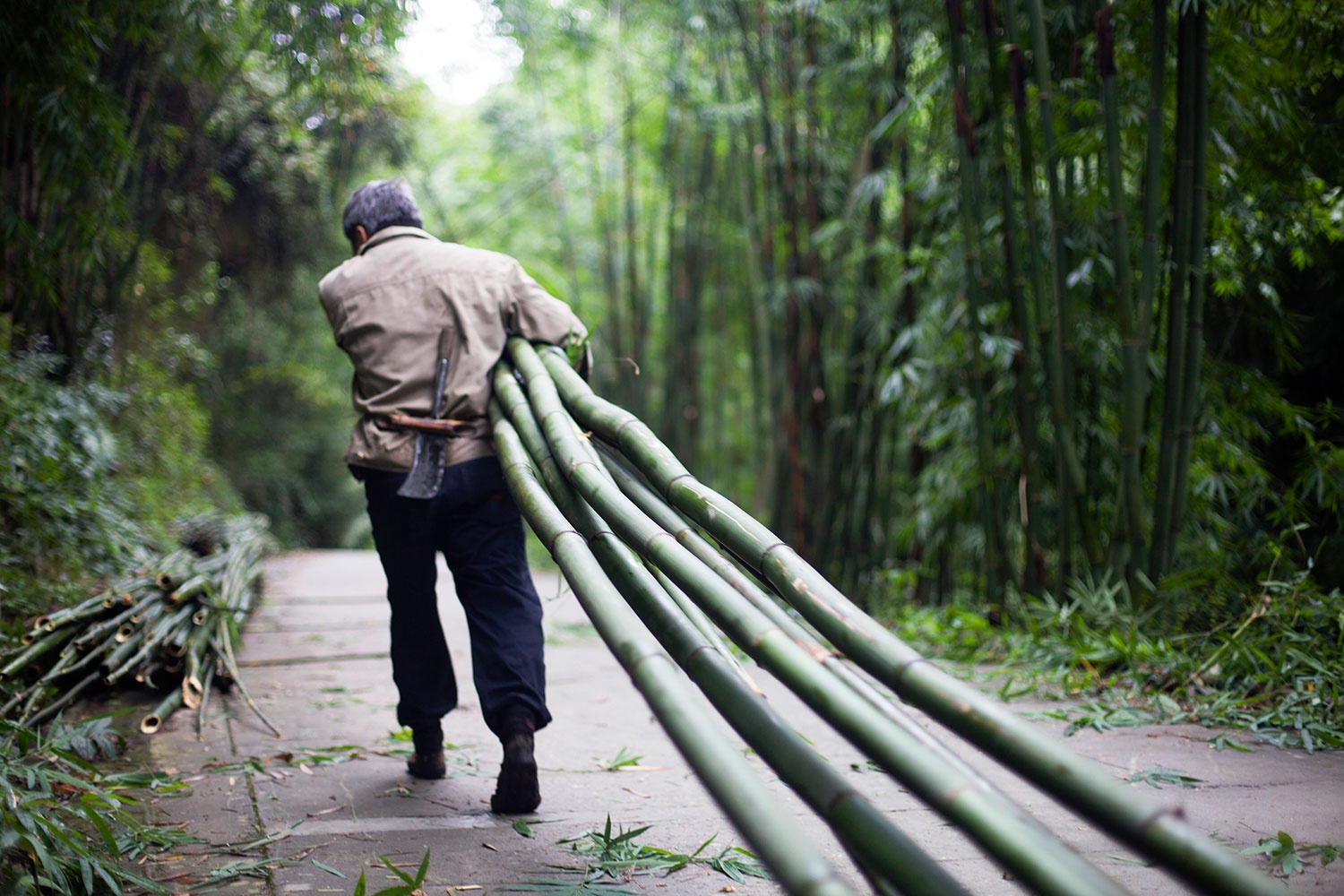
Sinocalamus affinis (a kind of bamboo) possesses long joints with high ductility, can be extracted hairline filaments that are soft to weave.
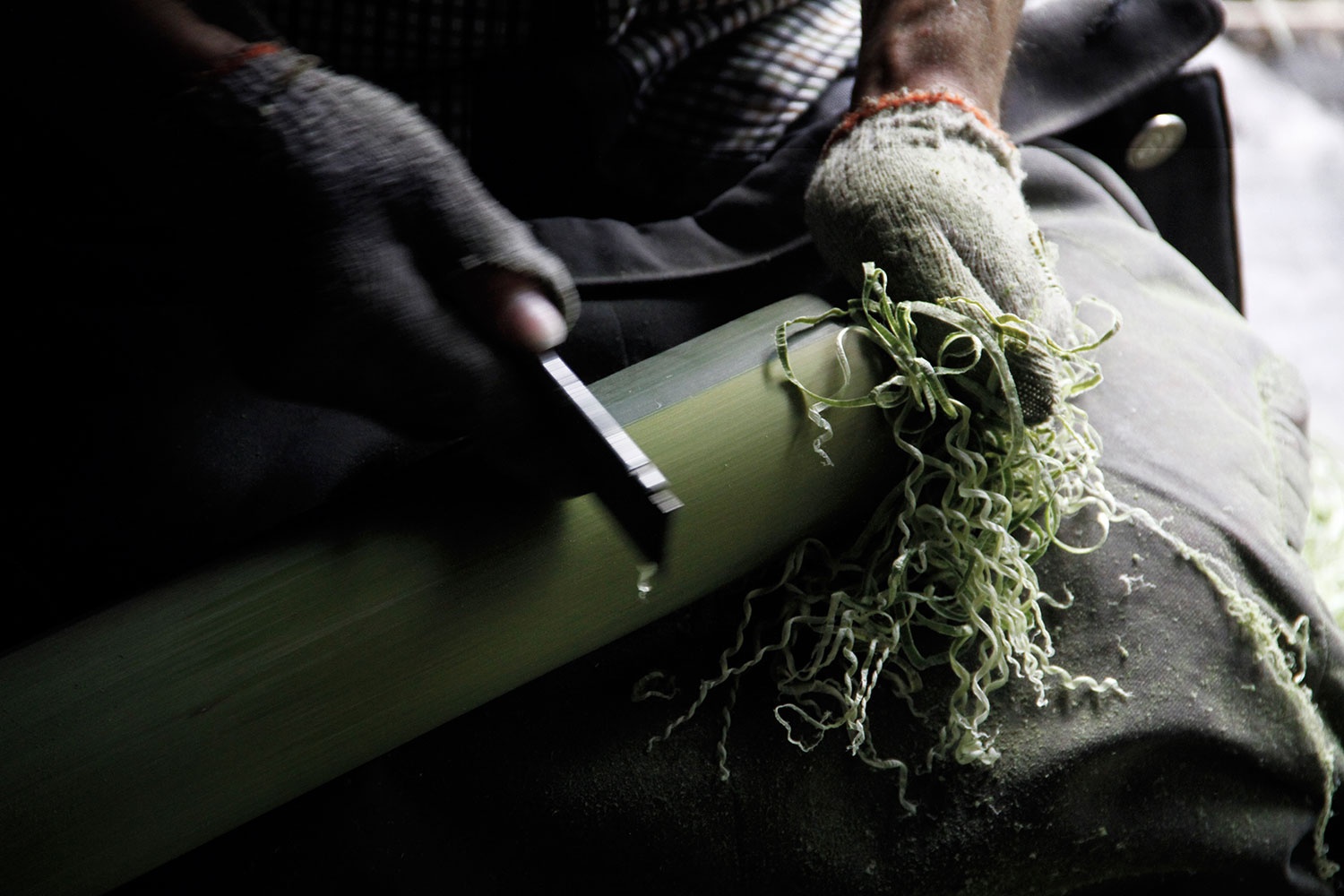
Scraping the bamboo, namely converting bamboo into filaments, takes ten complicated steps alone.
 Break and split the bamboo to make bamboo strips.
Break and split the bamboo to make bamboo strips.
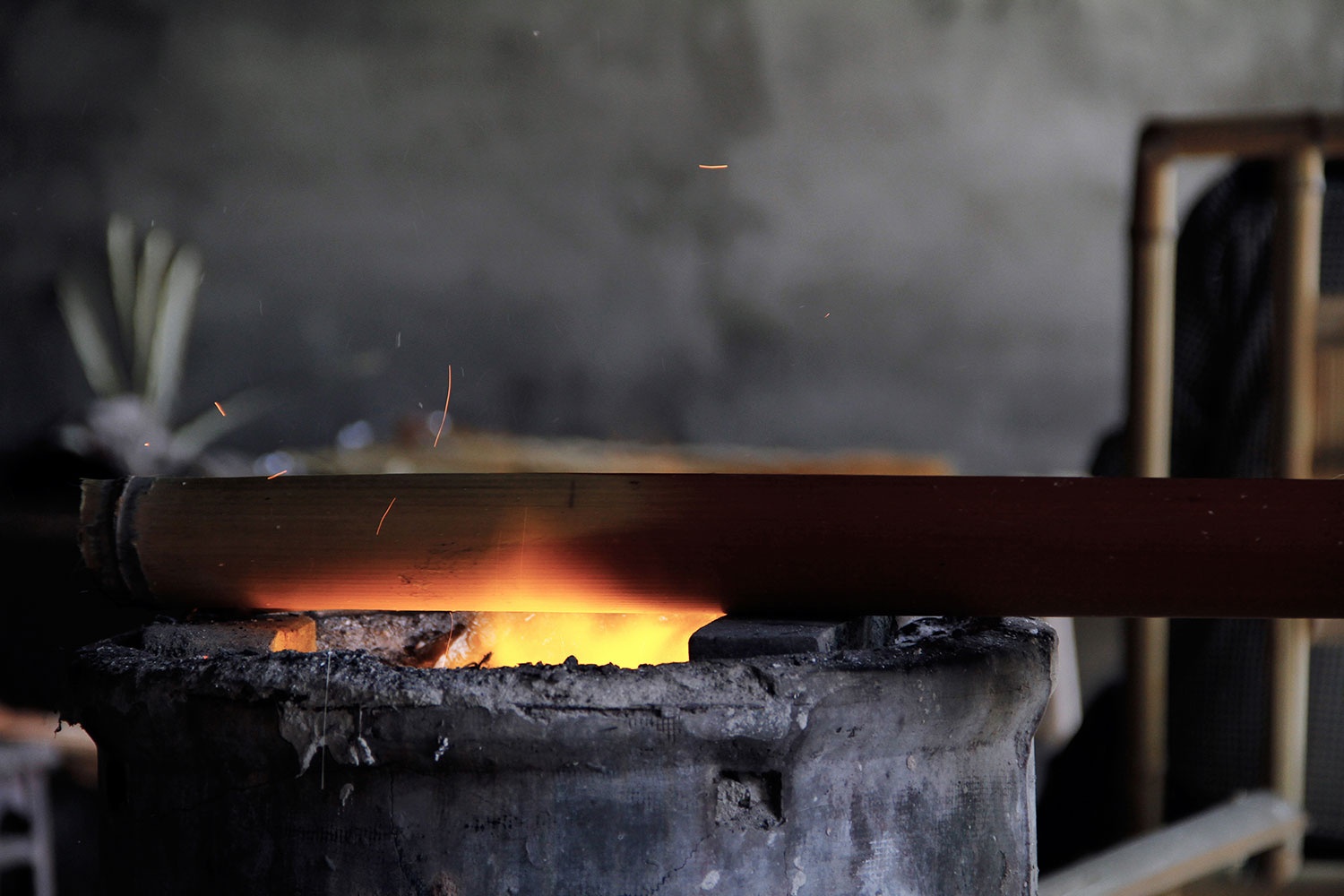 Fire the bamboo after drying it, coats a reddish tawny colour onto the bamboo.
Fire the bamboo after drying it, coats a reddish tawny colour onto the bamboo.
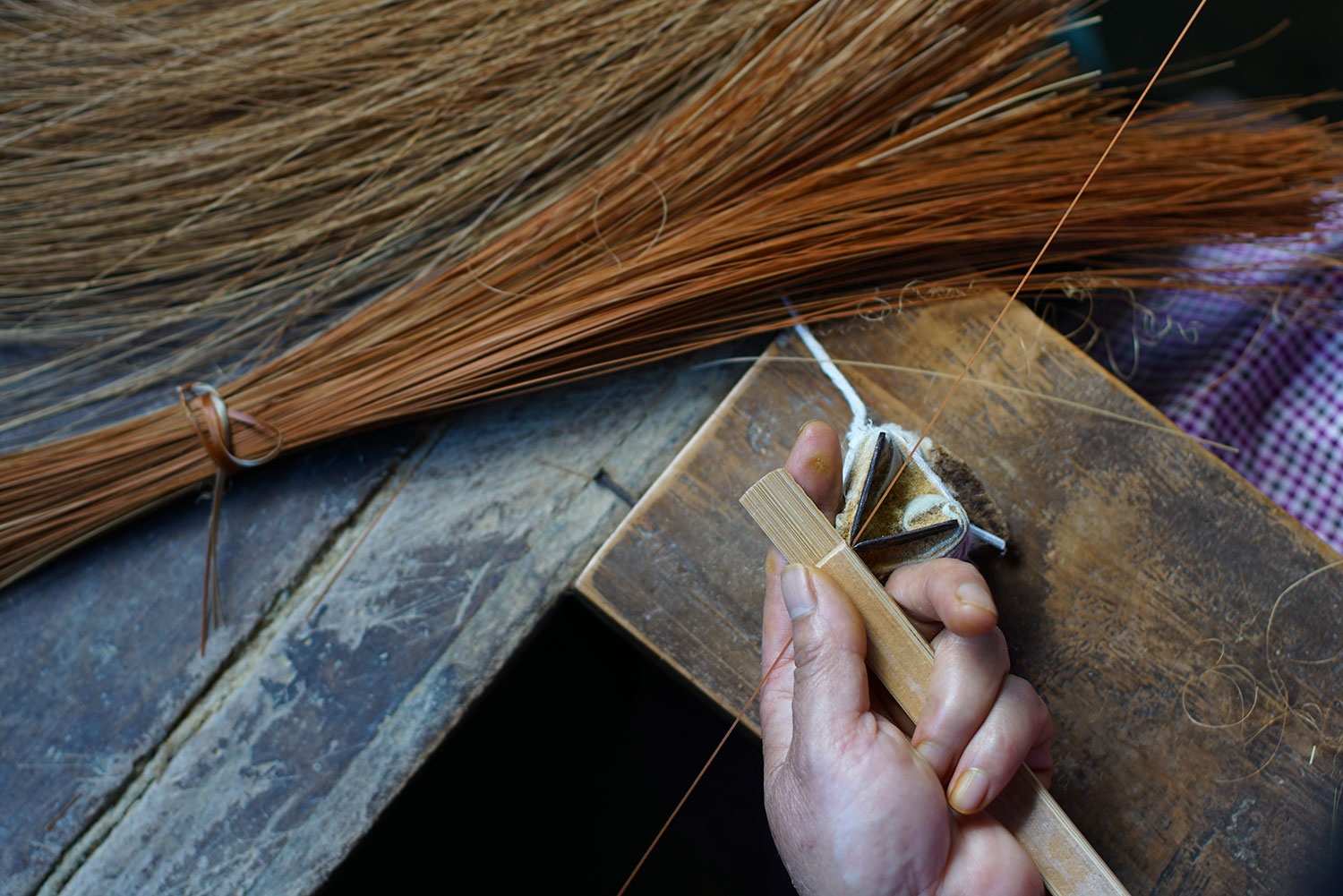
Extract the filaments; only 4kg of filaments can be extracted from every 50kg of raw bamboo.
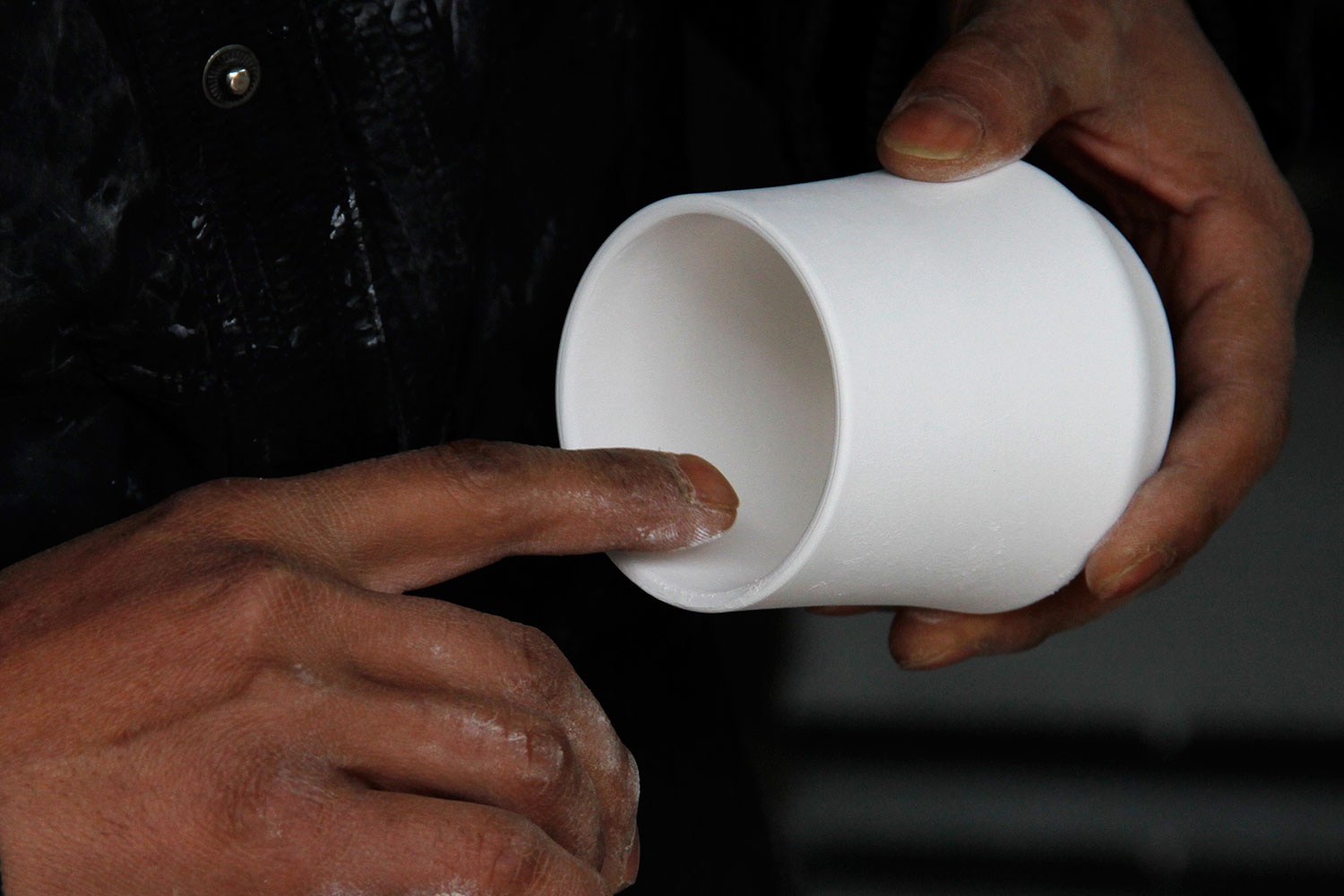 The porcelain base is handmade in Jingdezhen with High White Clay.
The porcelain base is handmade in Jingdezhen with High White Clay.
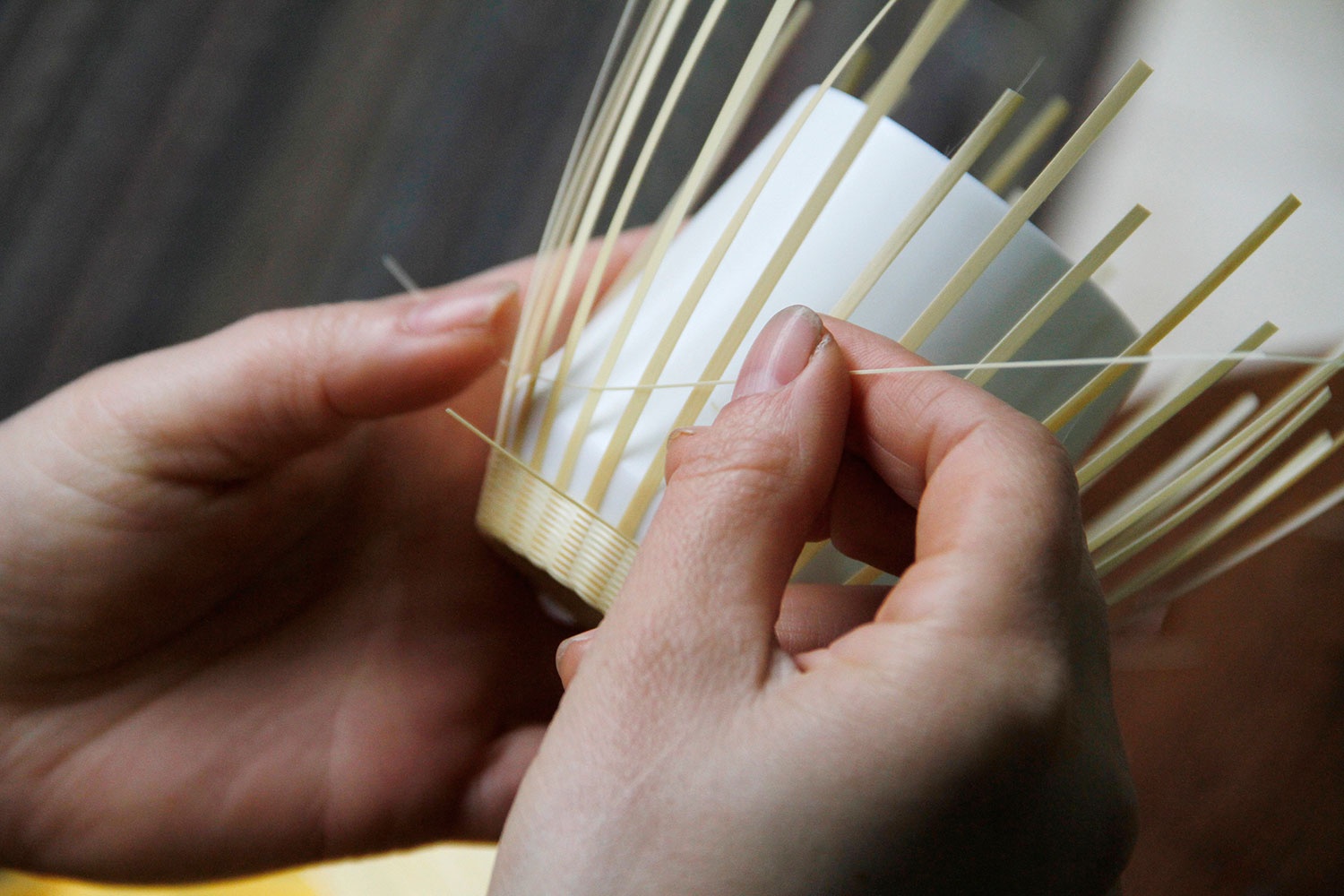 Weave the ultra-soft bamboo closely to the porcelain. This is the most difficult part of the process, as the strength of the hands needs to be controlled precisely to make the weave tight without any gaps. It requires undivided attention and it is often compared to meditation.
Weave the ultra-soft bamboo closely to the porcelain. This is the most difficult part of the process, as the strength of the hands needs to be controlled precisely to make the weave tight without any gaps. It requires undivided attention and it is often compared to meditation.
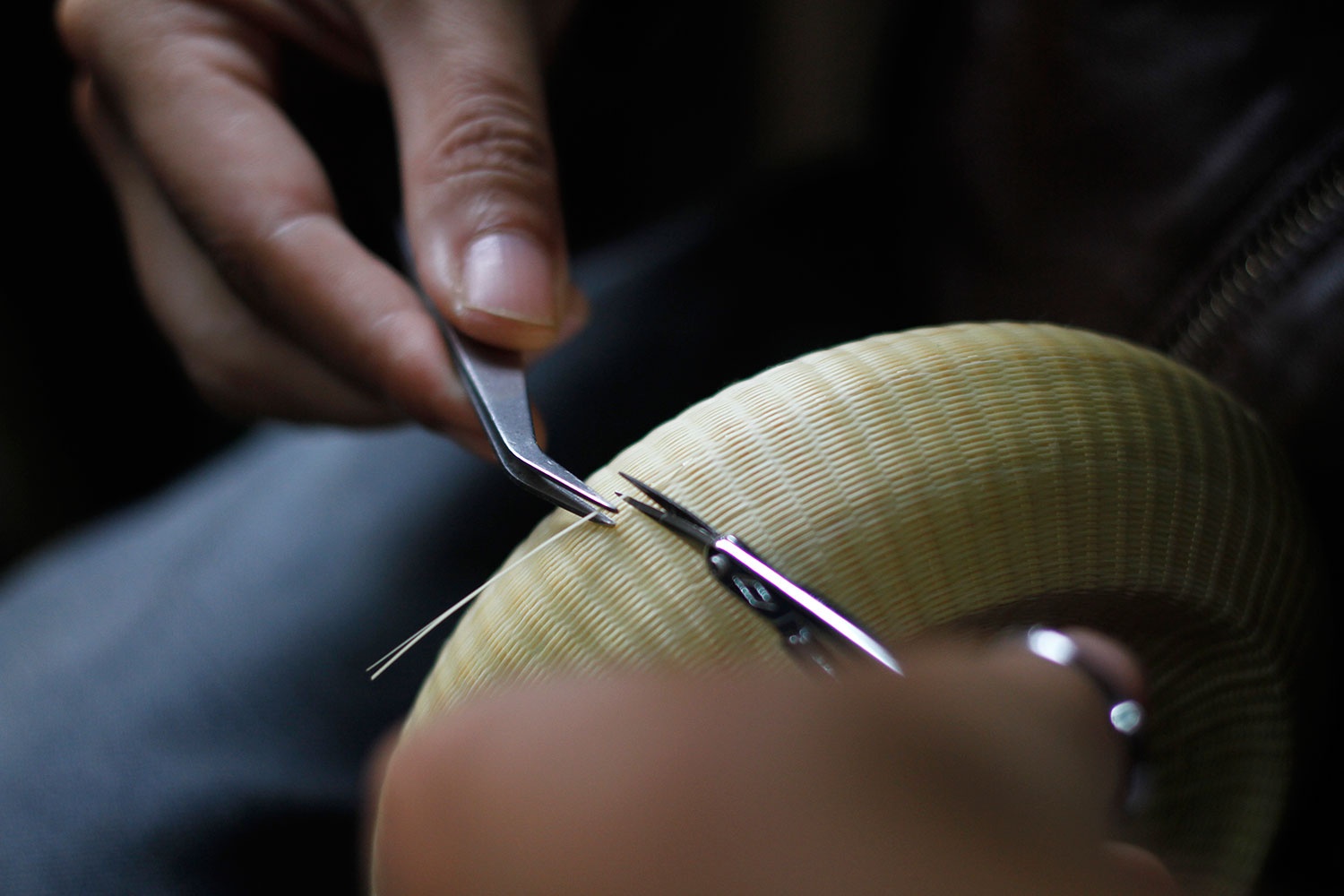 Trimming: limited by the length of bamboo, it needs to splice while weaving; but you can’t see any joints or feel any spikes.
Trimming: limited by the length of bamboo, it needs to splice while weaving; but you can’t see any joints or feel any spikes.
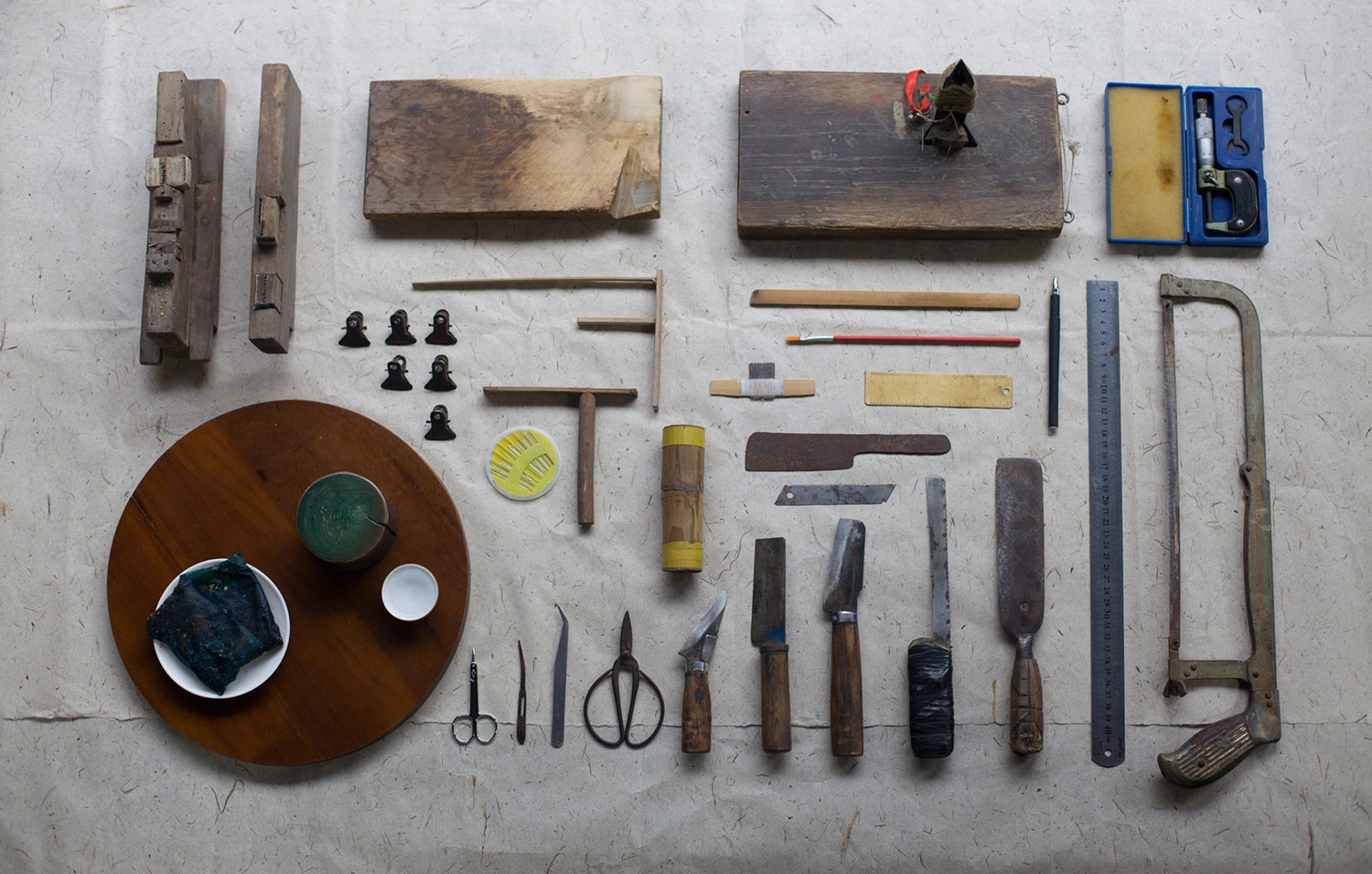 The tools
The tools
In 2011, a trip invited by Xujun Chen, a veteran of cultural tourism, linked NatureBamboo with the porcelain-bodied bambooware craft from Qionglai, Sichuan province. The craft uses porcelain vessels as the base, with soft bamboo filaments surrounding to take shape and all of the joints are hidden. It possesses a unique charm among numerous bamboo weaving techniques.
During the flourishing period of the porcelain-bodied bambooware market, the craftworks have been continuously exported abroad and given as diplomatic gifts. Whereas nowadays, only a few small workshops are left in Pingle, Qionglai city, where porcelain-bodied bambooware were produced intensively. Although the place possesses precious natural resources, many unemployed craftsmen have to leave their homeland for other cities to make a living. In addition to being stunned by the exquisite craftsmanship and inspired to create design products, NatureBamboo has witnessed the difficult livelihood of craftsmen and the possible extinction of the craft. They felt that they needed to do something. However, there was no good opportunity for further cooperation at that time.

In 2014, after the physical stores of NatureBamboo set up successively in Guangzhou and Shenzhen, the brand has obtained more possibilities to try to develop additional products combined with traditional handicrafts. They reconnected with the artisan You Wei. During the entire product development process, the craftsmen were willing to cooperate, changing and improving the designs with sample-making.
NatureBamboo realised a sense of responsibility as well. The time when they got connected with the artisan You again, only 20 or so craftsmen were still working on the porcelain-bodied bambooware. Due to the lack of competitive products, the local craftsmen only got few orders for souvenirs. This is also the reality faced by various traditional handicrafts, and it will be very difficult to continue once someone quit making the craft.
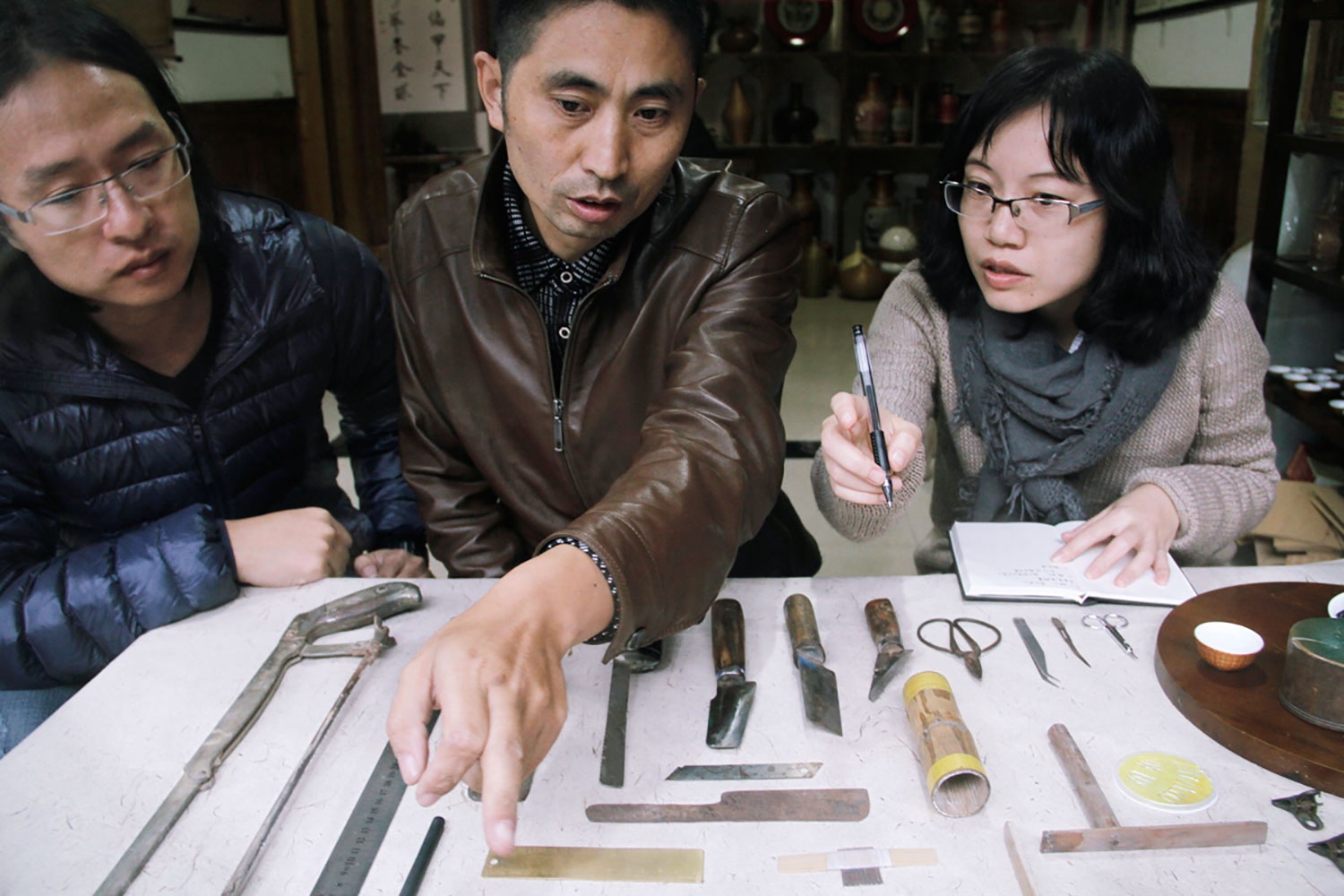
The workshop exploration of NatureBamboo is like a social experiment by means of design. The value is not merely gathering the craftsmen to finish the designs, but planing the long-term sustainable development and market operation. By combining modern design with and the traditional handicraft, NatureBamboo brings back the 'lost' handicraft to daily life.
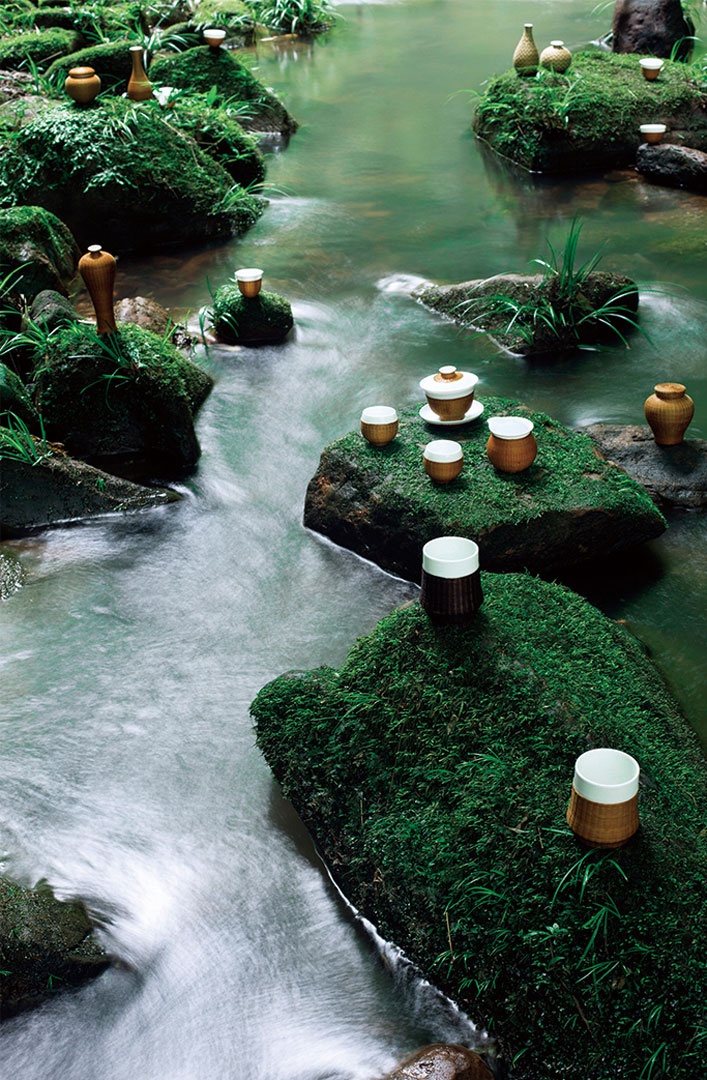
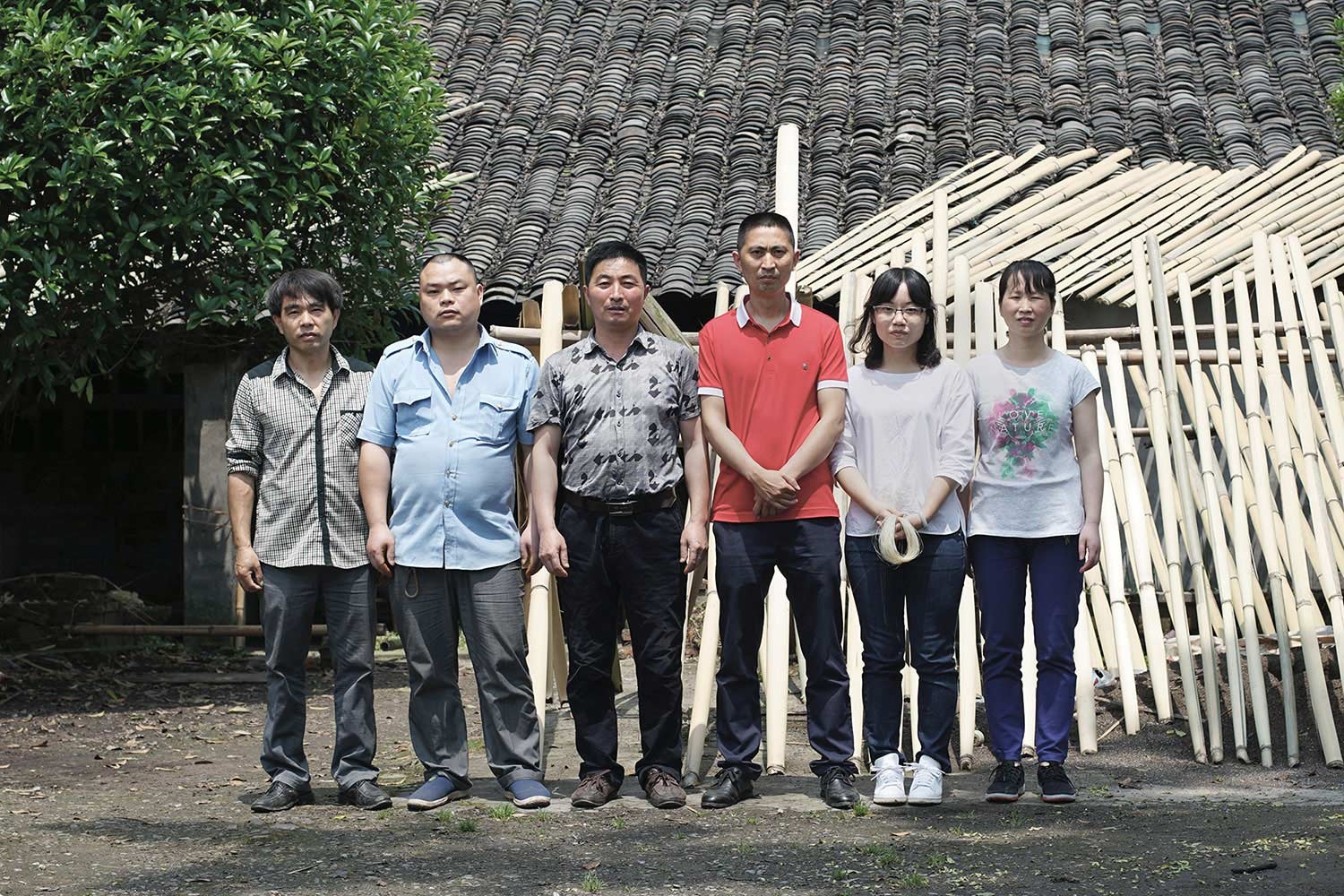 Field trip
Field trip
Contrary to the over-consumed and fickleness of urban life, the handicraft conveys a calm and peaceful attitude towards life, embodies the accumulated wisdom of human being, and preserves the emotional connection between people, homeland and nature.
"As to us, perhaps the greatest motivation of our persistence is all the good things that the craftworks can confer: we can always get in touch closely with nature, always collaborate with sincere craftsmen, and always be ourselves. We choose what we do, simultaneously we choose a lifestyle and stick with it."
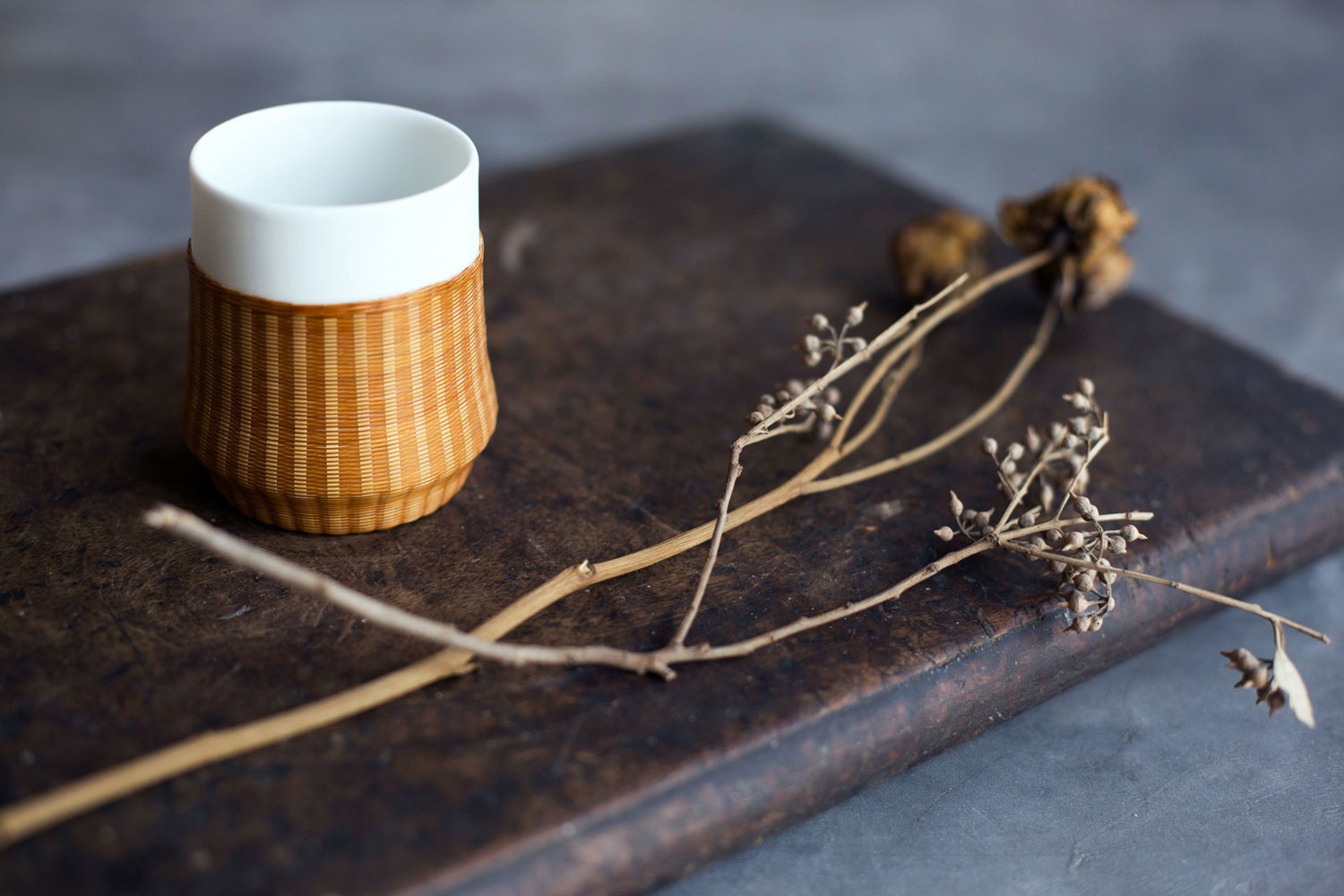
At the end of 2015, NatureBamboo launched a crowdfunding for the bamboo joint cup. They made every effort to promote the craft, and thus the bamboo joint cup was a hit and raised 137,868 RMB at Taobao. By the end of 2017, the crowdfunding has brought the craftsmen 30,000 orders of bamboo joint cups.
This has activated the production of all the local participants of the technical process, the artisans who left the hometown came back, as well as their confidence.
The previous royal tribute, the former rough souvenirs, nowadays they have become NatureBamboo's accessible intangible cultural heritage.
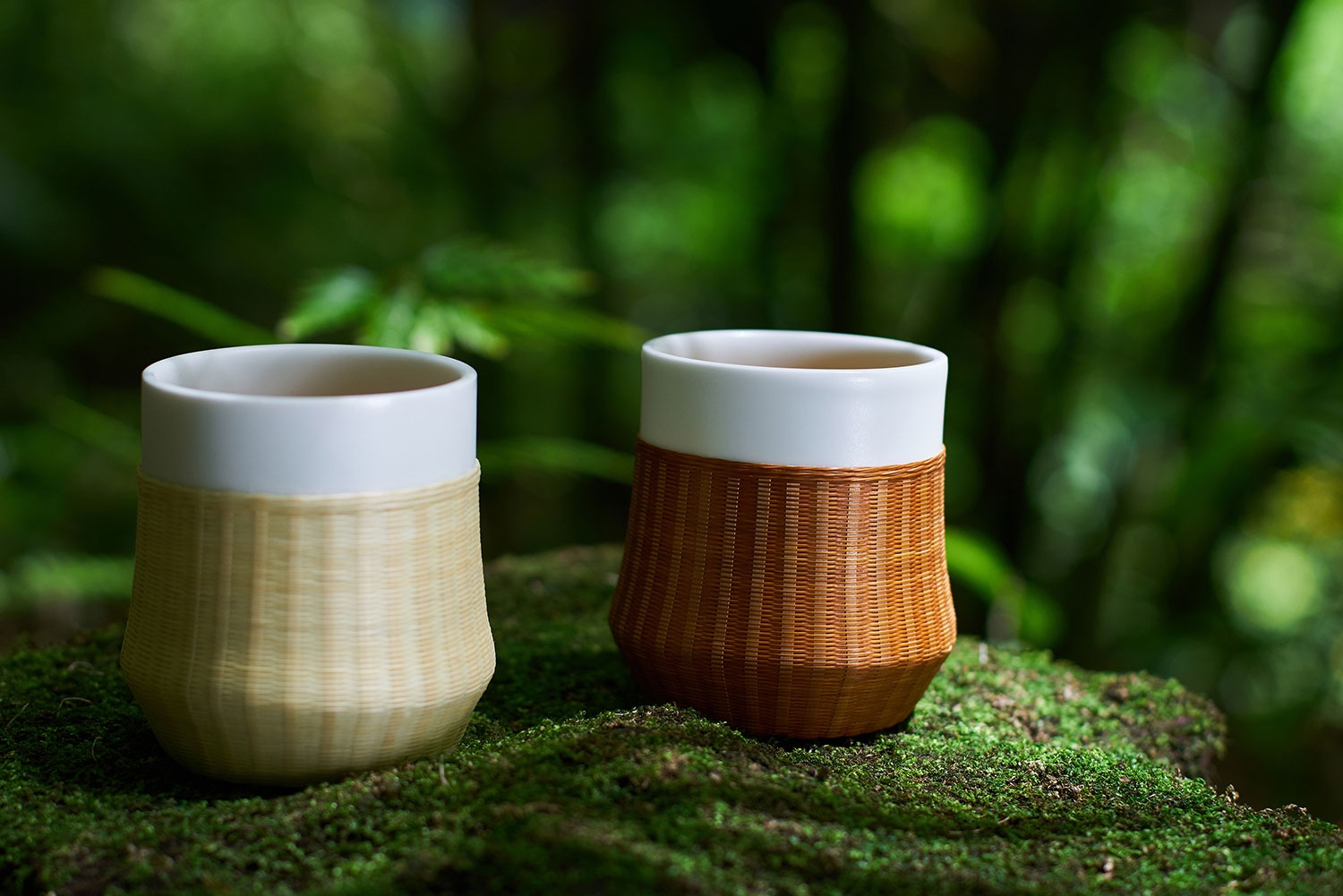 Bamboo joint cup
Bamboo joint cup
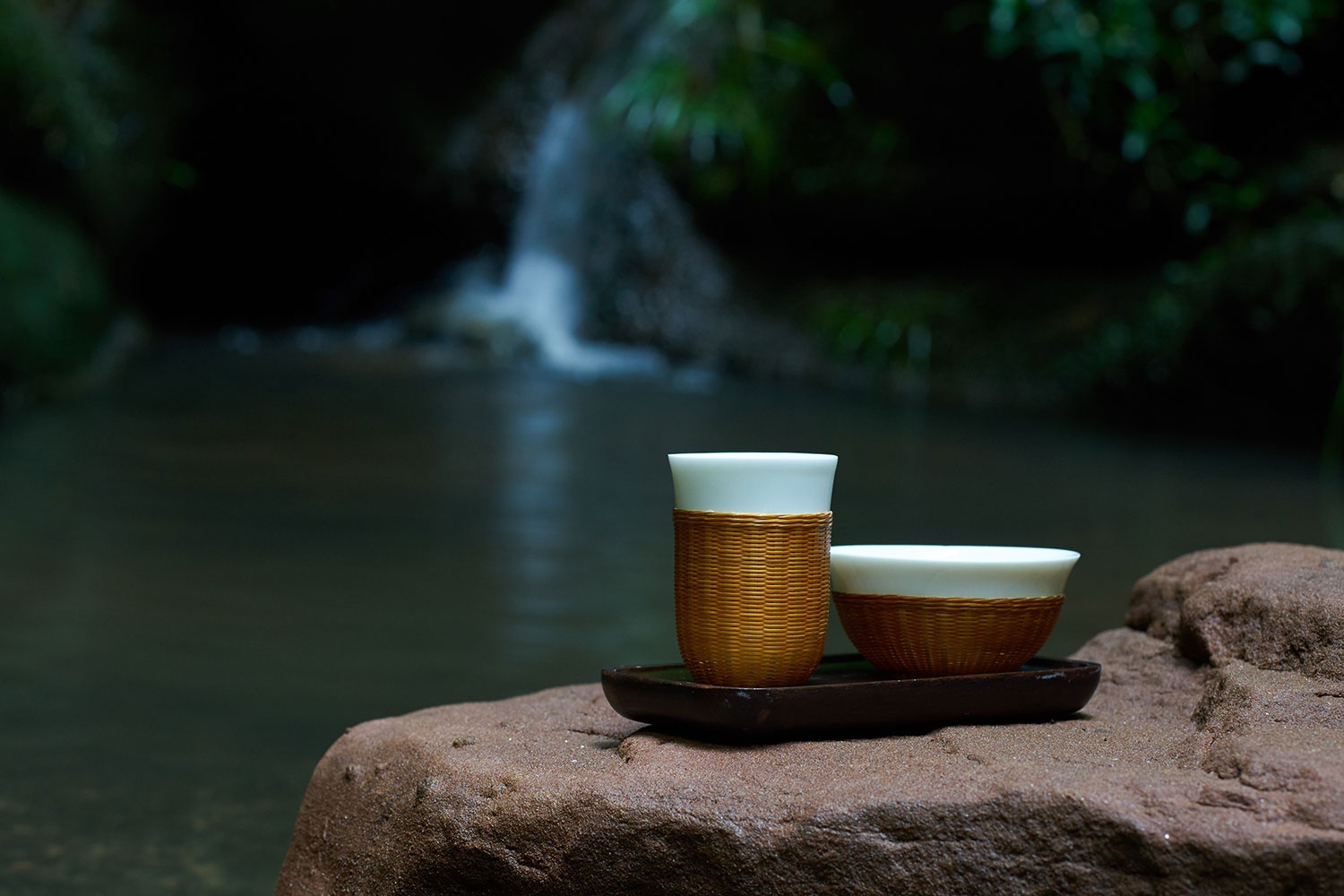 Tasting cup
Tasting cup
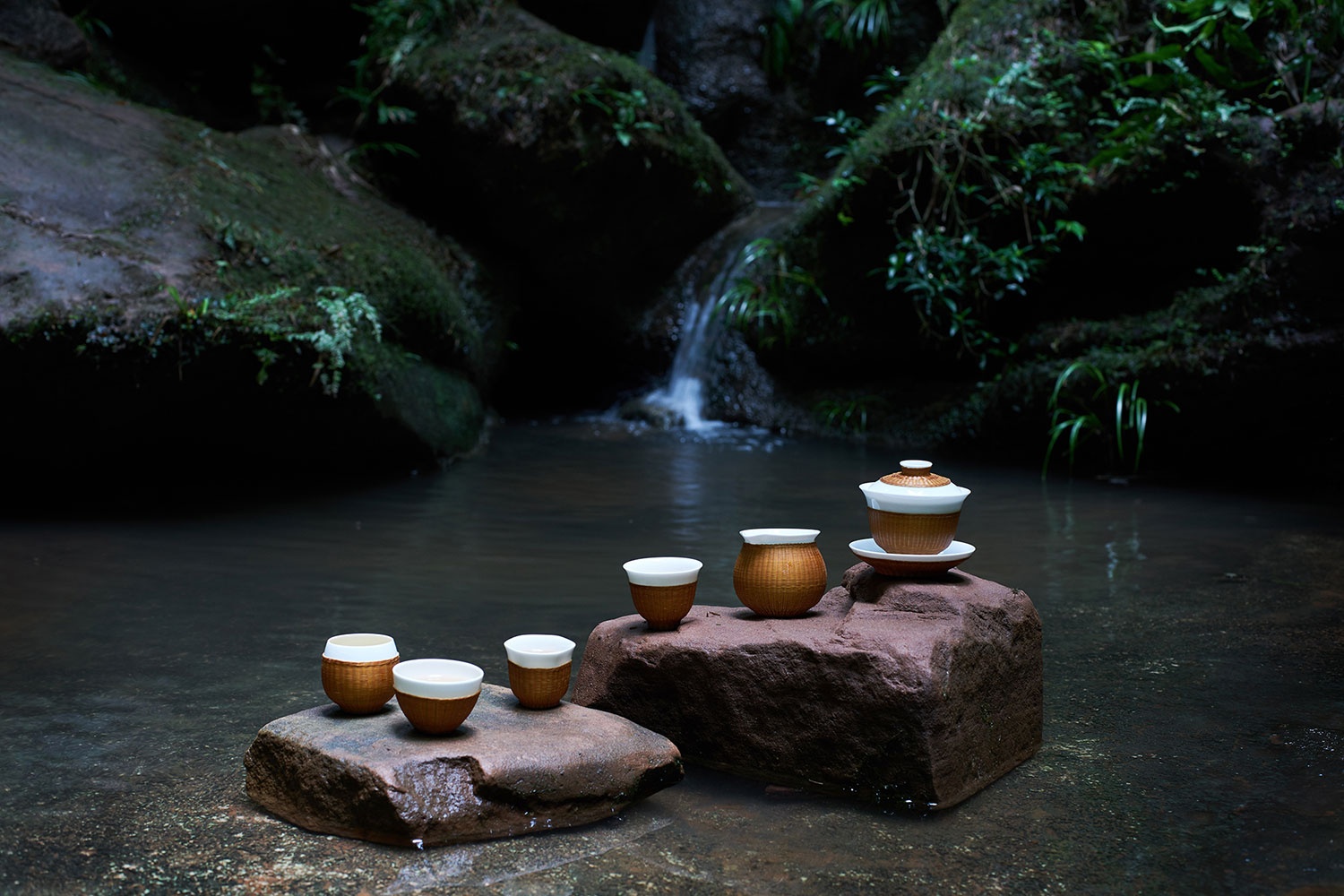
Four Gentlemen set
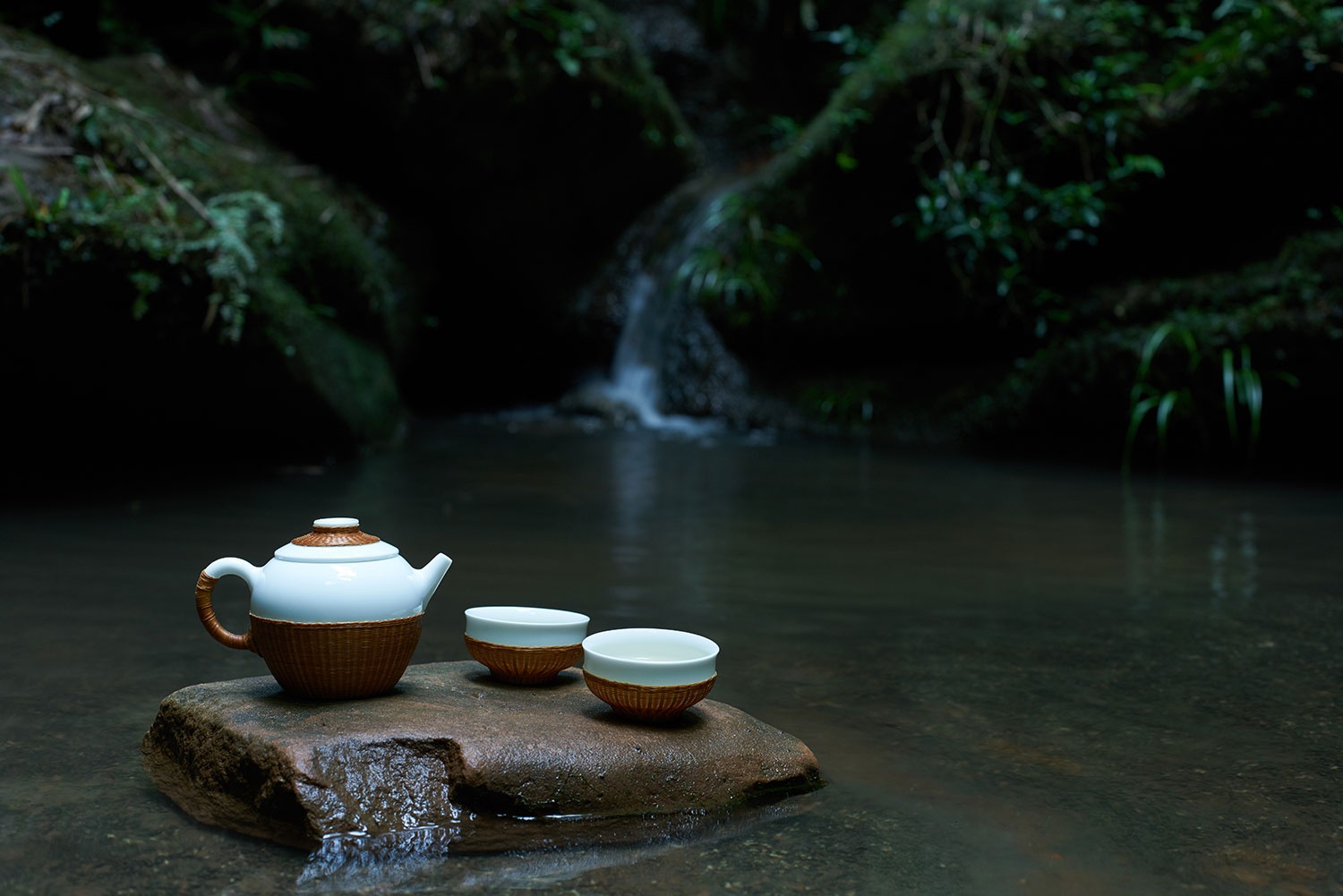
Okho set
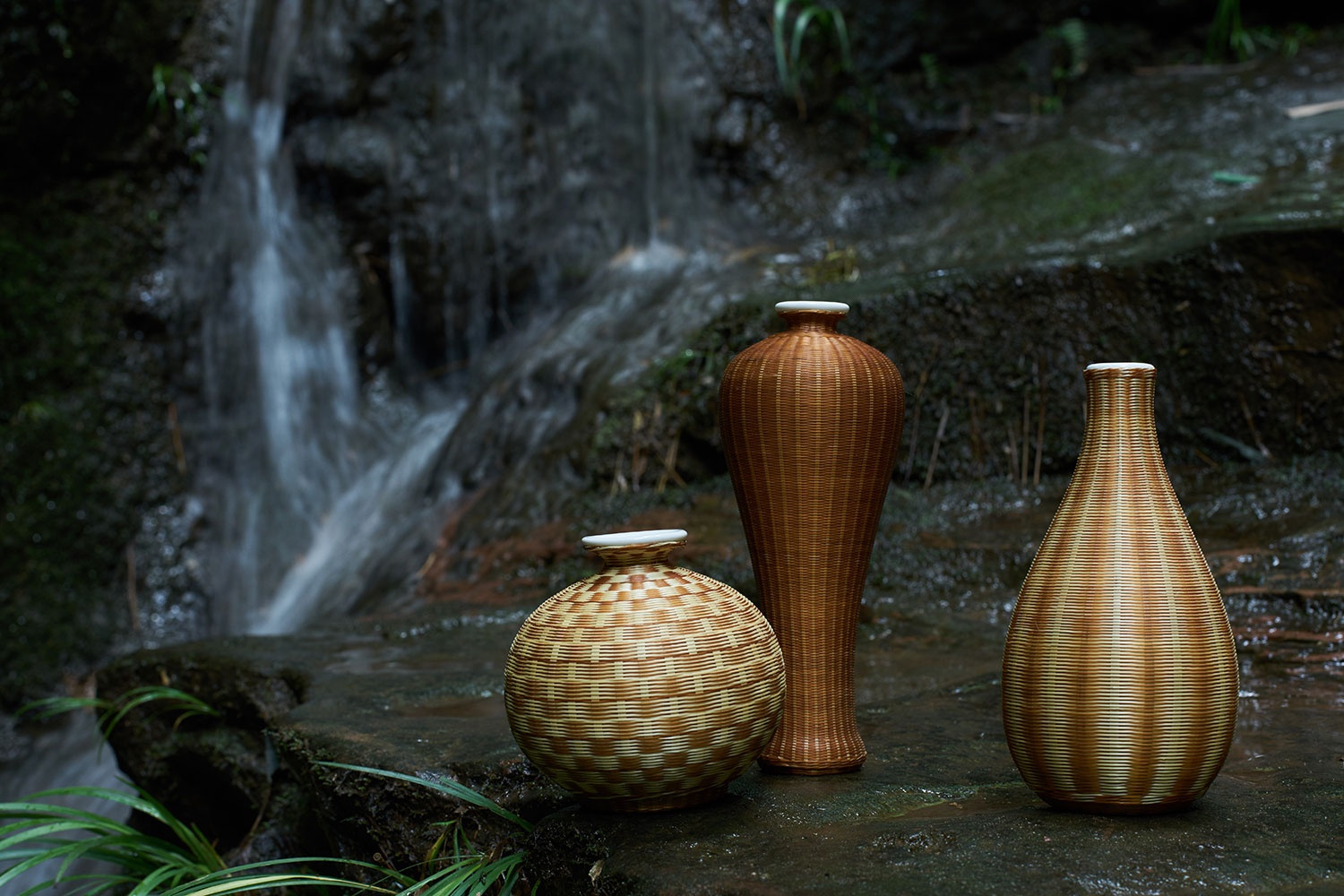 Vases collection
Vases collection
Founded in 2006, NatureBamboo combines traditional craftsmanship and natural materials to produce warm products. Products range from lamps to furniture, ceramics, textile and other home accessories.
NatureBamboo create products meticulously with a sincere attitude. They seek out brilliant craftsmen across the country, reflect on the new beauty of folk art at the present, make the handicrafts scattered around the world return to the new normality, and obtain sustainable development.
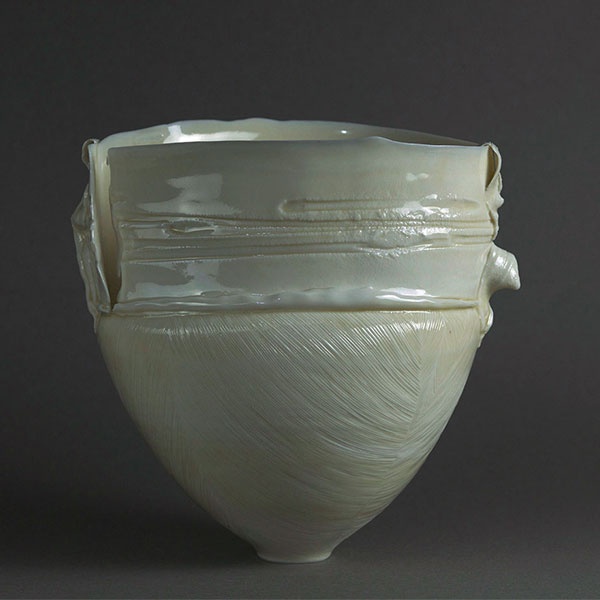
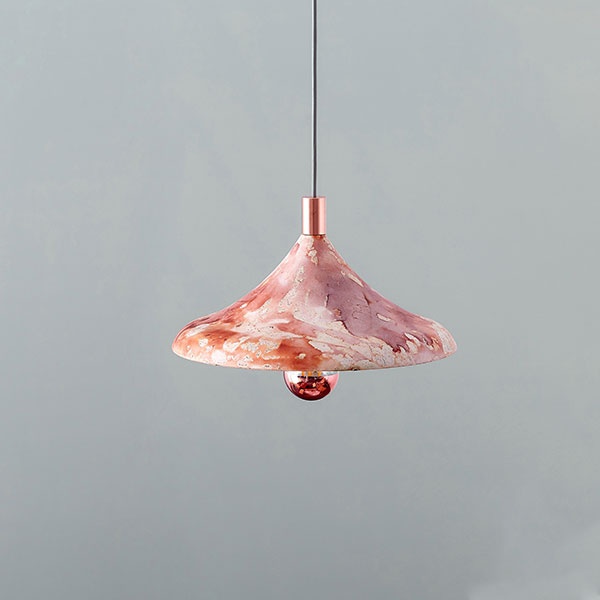
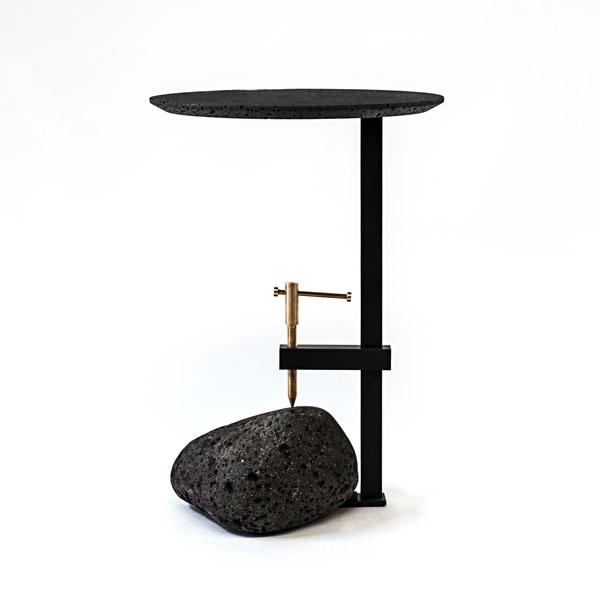
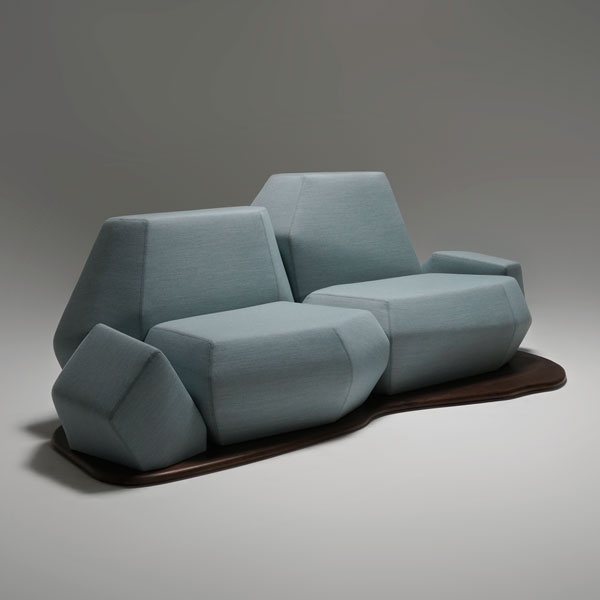
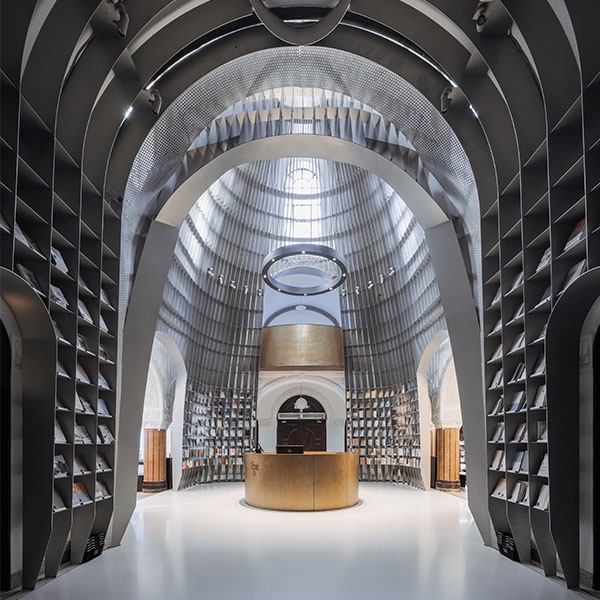
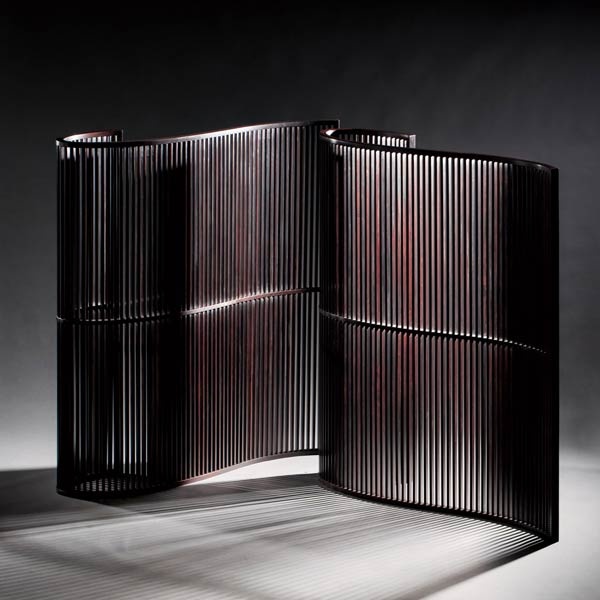
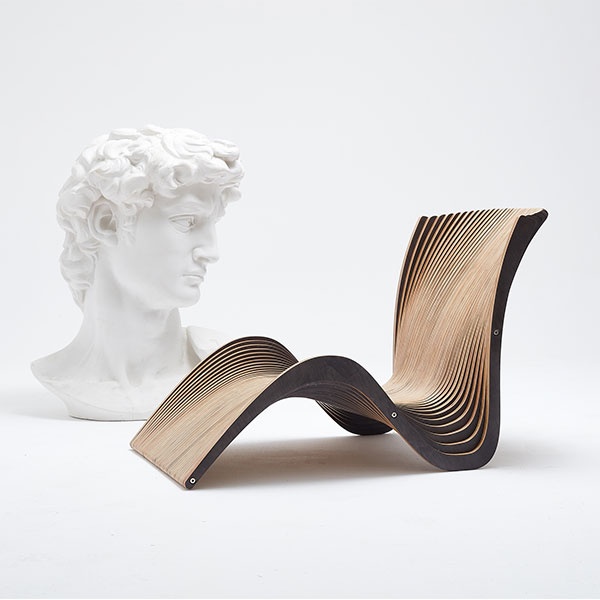
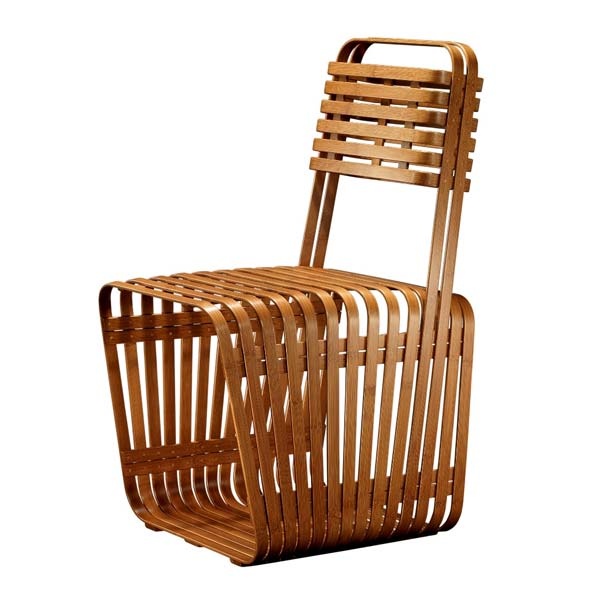

1 / 31
show thumbnailsnext picture previous picture start slideshow close lightbox